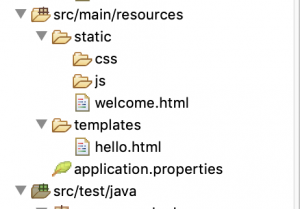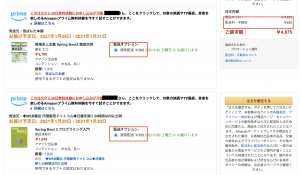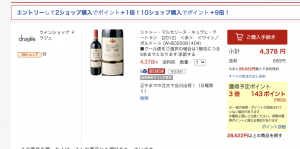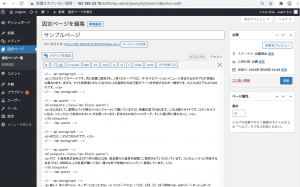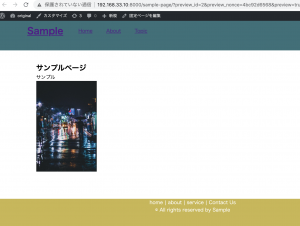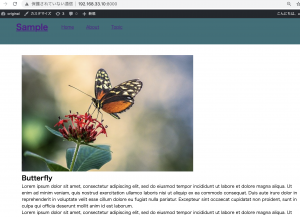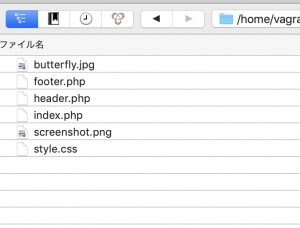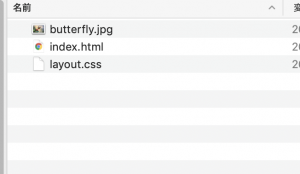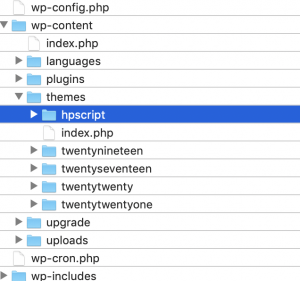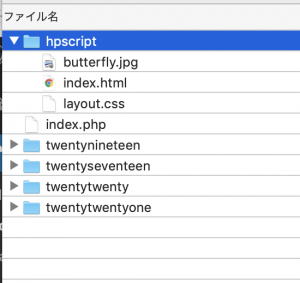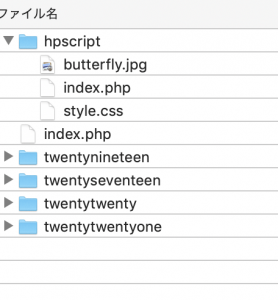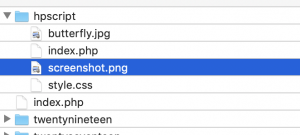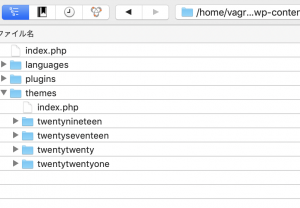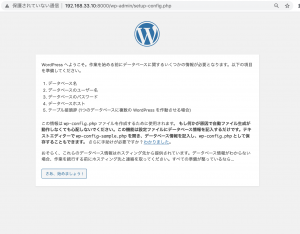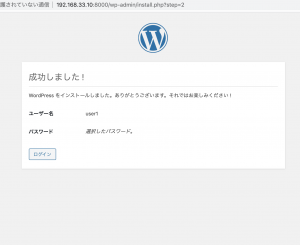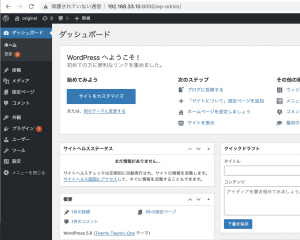Spring Boot
$ postgres –version
-bash: postgres: command not found
$ brew search postgresql
==> Formulae
postgresql postgresql@11 postgresql@9.4 postgresql@9.6
postgresql@10 postgresql@12 postgresql@9.5
==> Casks
navicat-for-postgresql
最新版をインストールします。
$ brew install postgresql
To have launchd start postgresql now and restart at login:
brew services start postgresql
Or, if you don’t want/need a background service you can just run:
pg_ctl -D /usr/local/var/postgres start
$ postgres –version
postgres (PostgreSQL) 13.1
$ pg_ctl -D /usr/local/var/postgres start
# ユーザ作成
$ createuser -P root
# データベース作成
$ createdb test -O root
$ psql -l
List of databases
Name | Owner | Encoding | Collate | Ctype | Access privileges
———–+——-+———-+———+——-+——————-
postgres | mac | UTF8 | C | C |
template0 | mac | UTF8 | C | C | =c/mac +
| | | | | mac=CTc/mac
template1 | mac | UTF8 | C | C | =c/mac +
| | | | | mac=CTc/mac
test | root | UTF8 | C | C |
(4 rows)
-> “test”が作成された
### psqlログイン
$ psql -U root test
psql (13.1)
Type “help” for help.
test=>
なんか異常にシンプルやなー


